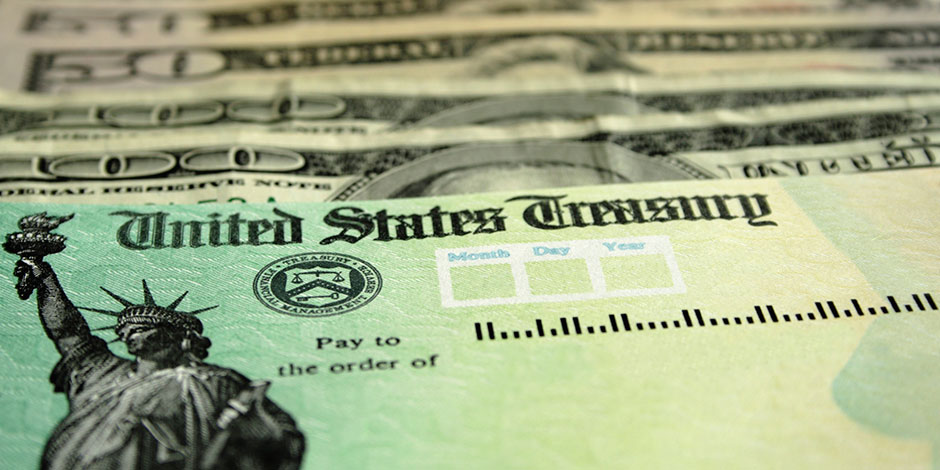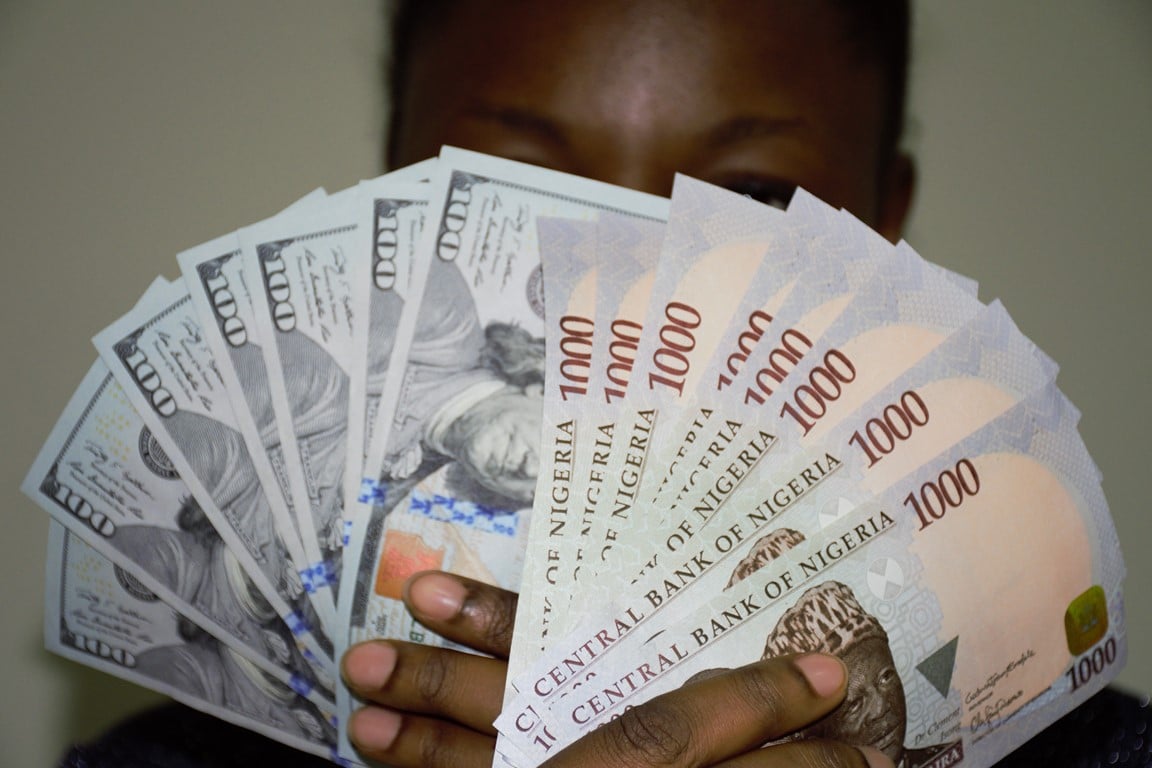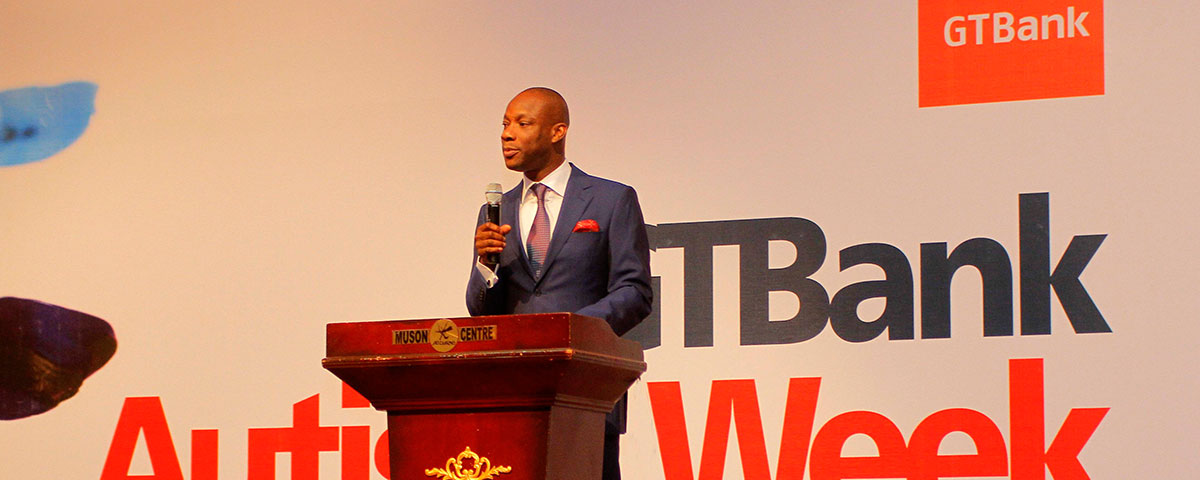The robust growth in manufacturing data across Europe, Asia, and the US was not enough to refuel the reflation trade. Asian equities declined early Tuesday, sovereign bonds pushed higher, the USDJPY fell below 110.5, and gold prices approached 2016 highs.
The price action in different asset classes indicates that investors are favoring the safe havens ahead of a potentially tensed Trump-Xi summit. The US Treasury yields reflect markets nervousness to a large extent because in this rising rates environment where economic conditions are improving, it doesn’t make a lot of sense to see U.S. 10-year yields dropping back towards 2.32%, an 11.6% decline from March highs. If the drop in yields is not temporary, it would spark a market correction, so traders should keep a close eye on US sovereign debt.
Crude oil prices are not supporting appetite to risk either. The continued increase in U.S. rig counts and the rebound in Libyan output kept prices under pressure. “Oversupply”, the most offensive term for OPEC, doesn’t seem to have faded yet, which requires OPEC and non-OPEC producers to take extending production cuts into serious consideration, otherwise balancing the markets will take much longer than previously anticipated.
The Reserve Bank of Australia kept its cash rate at 1.5% for the eighth consecutive month, a widely-expected decision. But the AUDUSD declined by 30 pips, as the RBA highlighted that a soft labor data remains an area of concern and an appreciating Aussie would complicate the economy’s transition away from mining. The Central Bank also warned on risky lending to house buyers which drove prices in the main cities to double-digit gains, suggesting that regulators will take the proper measures to curb risky mortgage lending to cool down escalating home prices.
Advertisement
In other currency news, the South African rand resumed its fall after S&P cut the country’s rating into junk. ZAR fell 1.7% early Tuesday after dropping 2% on Monday. The elevated political risks after firing the finance minister will continue to be reflected in the country’s currency. From a fundamental perspective, the rand looks undervalued, but how much lower it might drop in the short run depends on the political developments. A 5-10% fall from current levels is very likely.
Add a comment






